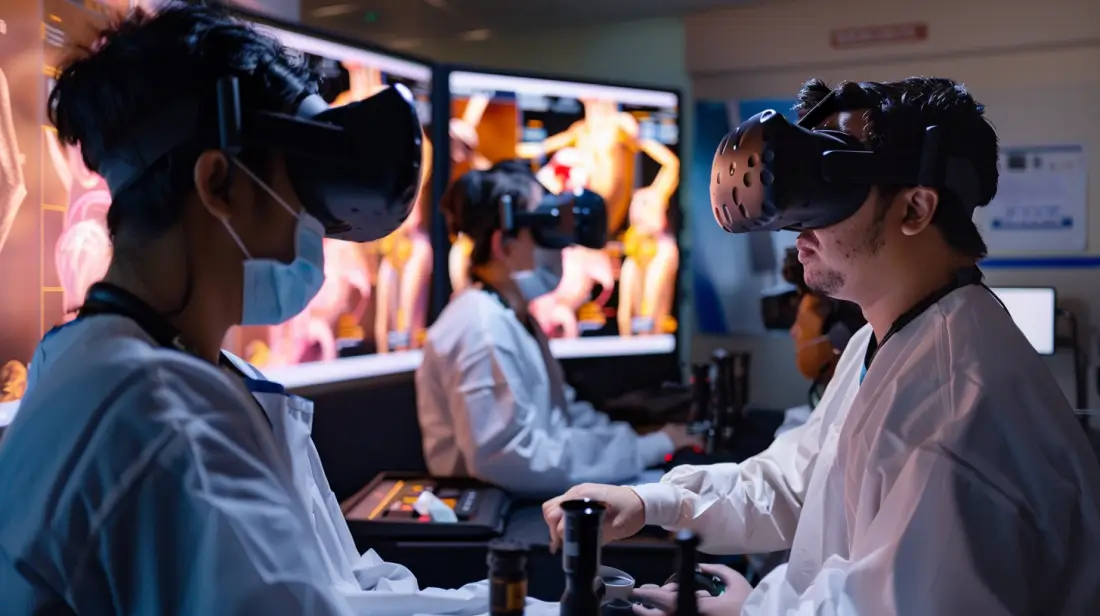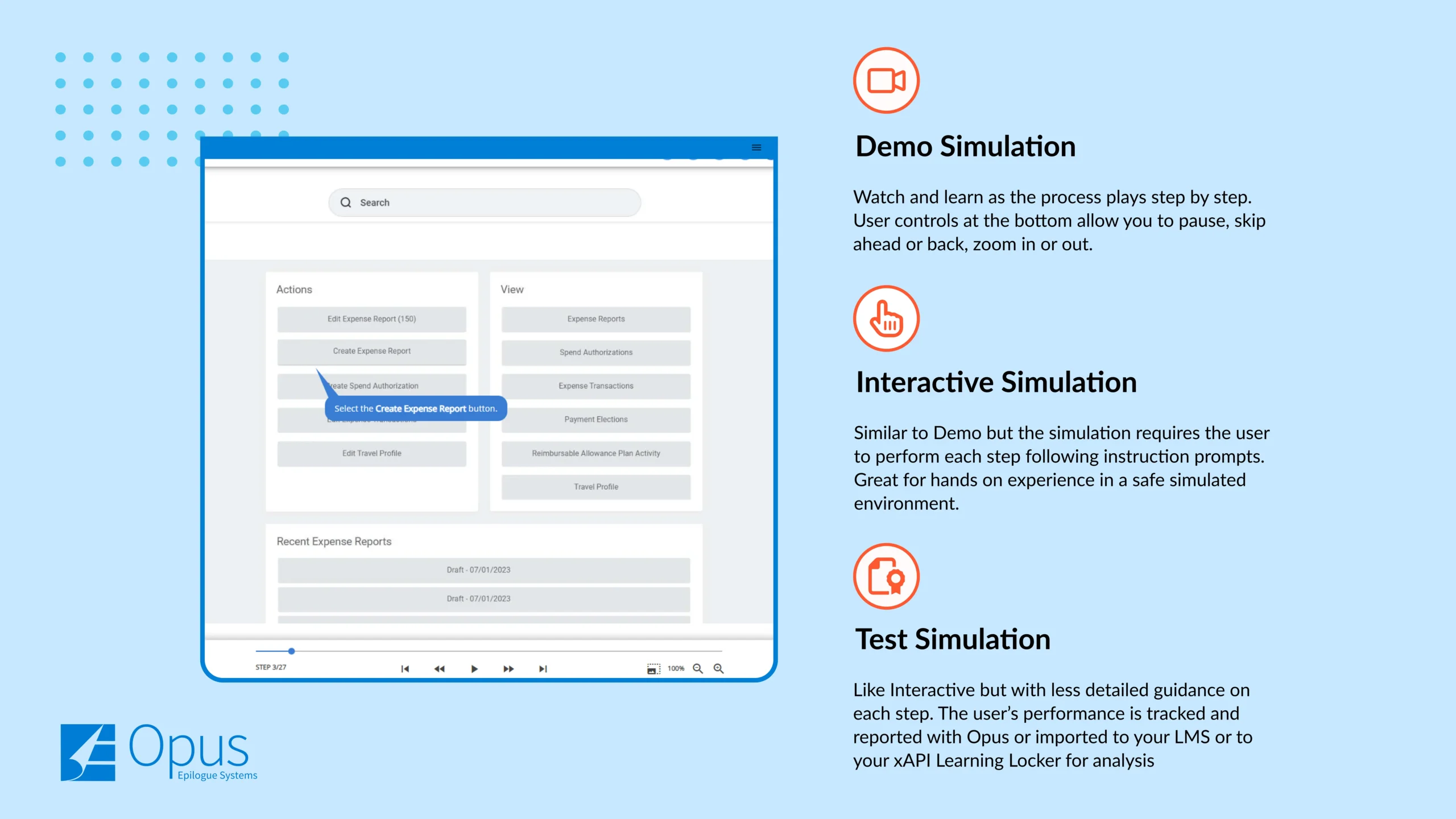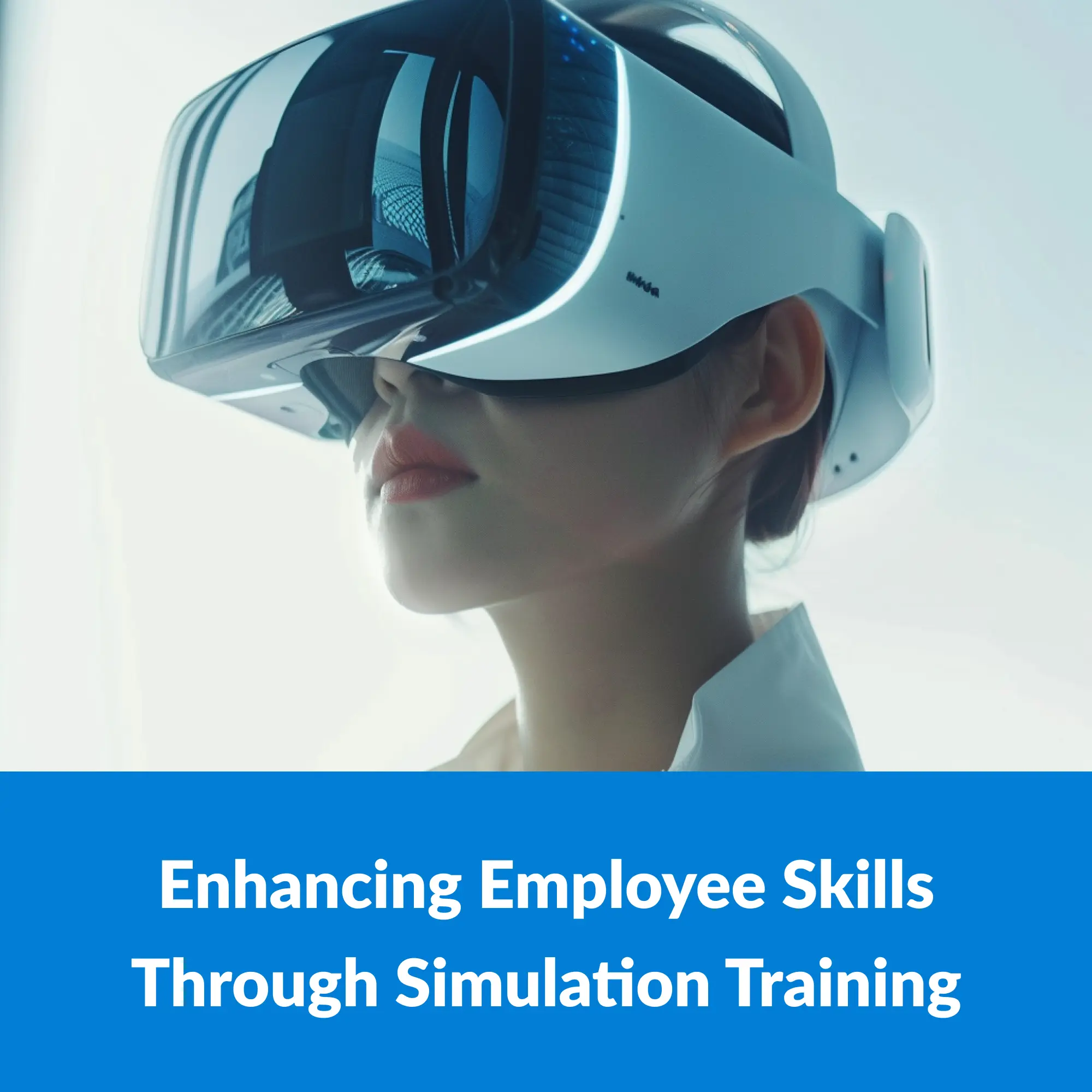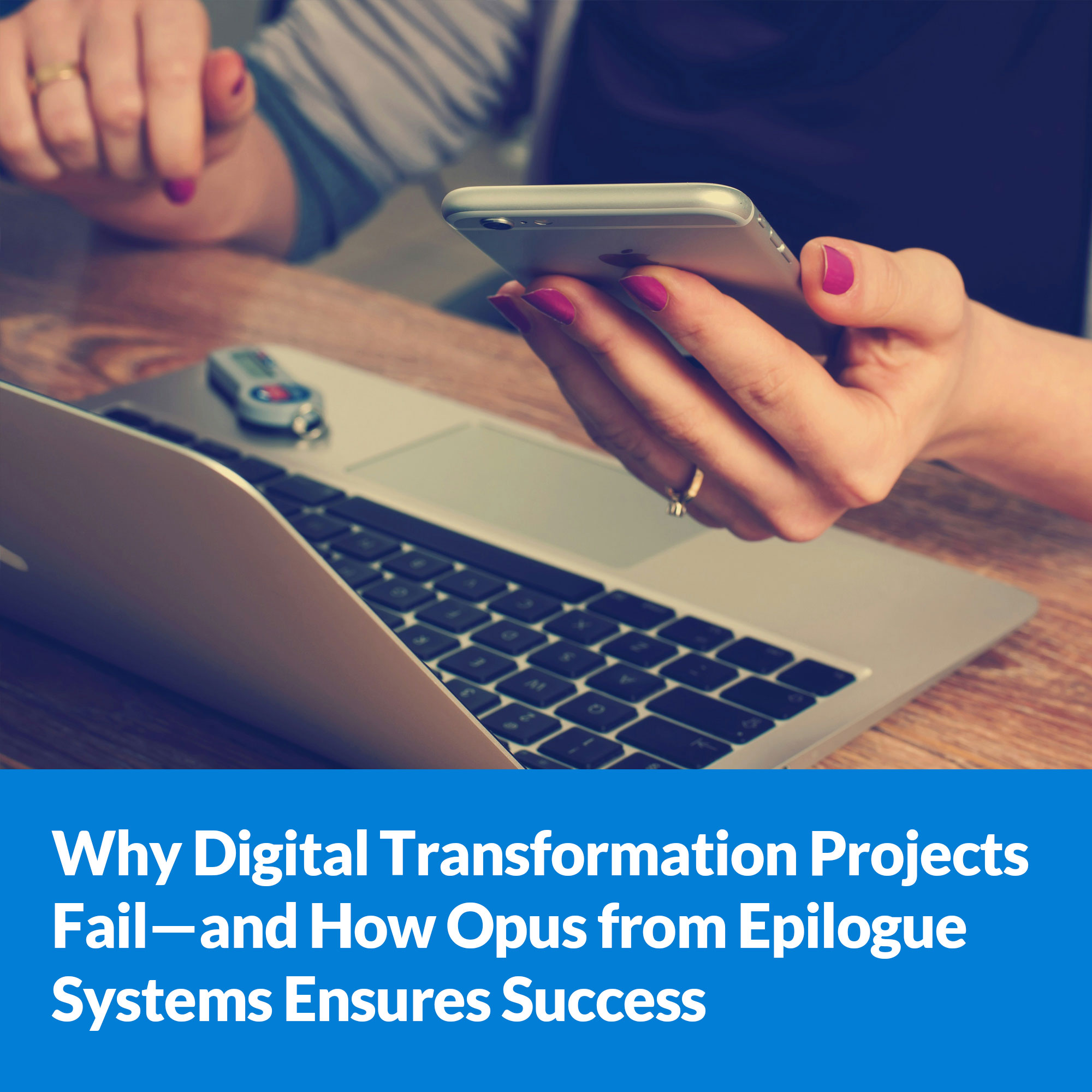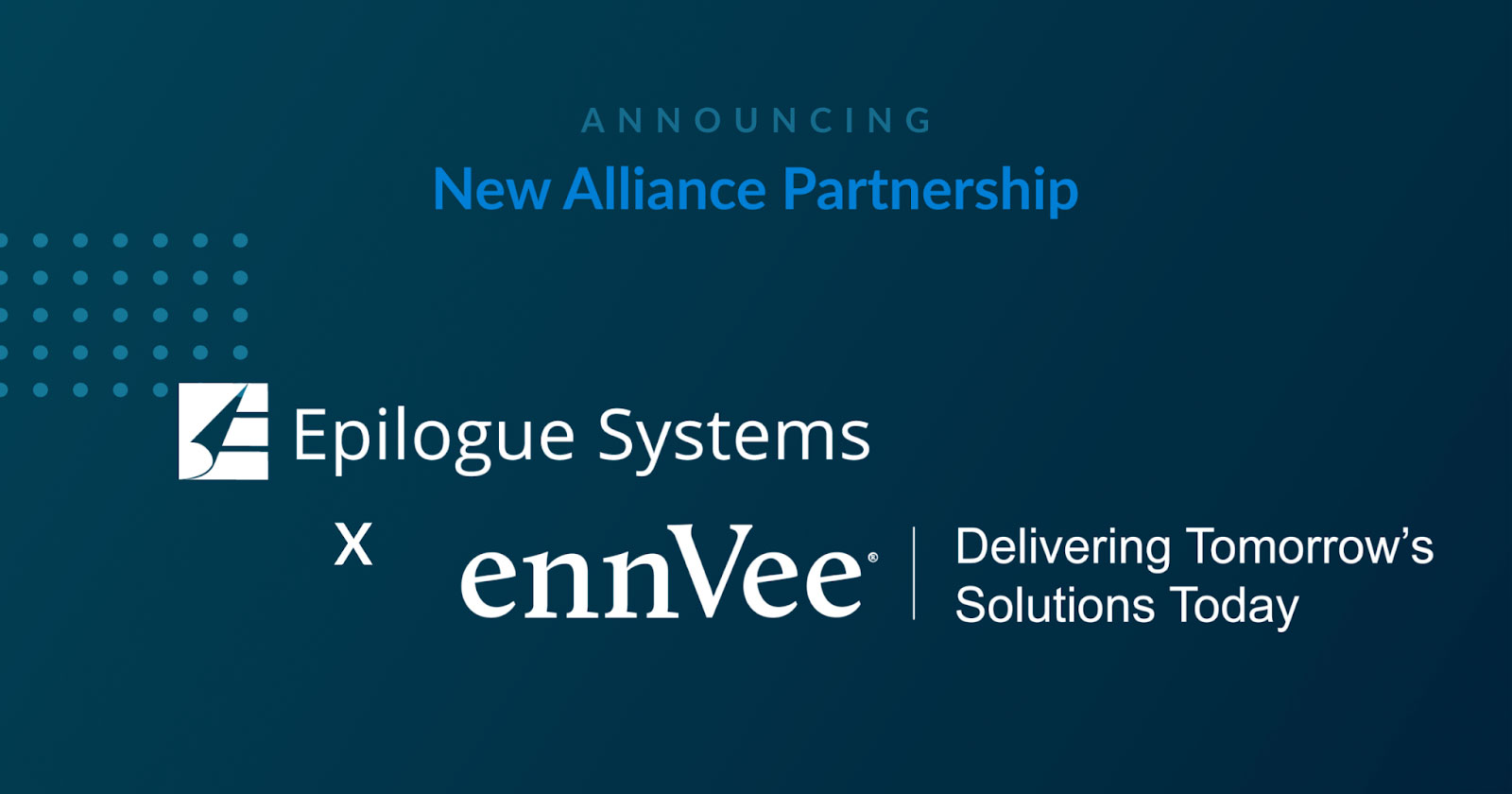You’ve hired a fantastic new employee, but on their first day on the job, disaster strikes! A crucial system crashes, a customer throws a tantrum, or a fire breaks out! Yikes. Traditional training methods might leave them unprepared for these high-pressure situations.
But what if there was a way to train your employees for the unexpected, all in a safe, controlled environment? Step into a realm where every decision unfolds consequences without real-world repercussions, where skills are honed and perfected in the safety of virtual environments. Welcome to the innovative world of simulation training, a groundbreaking approach that melds cutting-edge technology with detailed scenarios to transform how professionals prepare for the challenges of their fields.
What is Simulation Training? Exploring Different Types and Examples
Simulation training is an educational approach where technology is used to replicate real-world processes, scenarios, and environments for training purposes. This method is designed to provide hands-on experience without the risks associated with real-life training. Below are different types of simulation training, each serving unique purposes across various industries:
1. Interactive Web-Based Simulations:
These simulations are accessible via the internet and allow users to interact with complex systems or processes through a computer interface. For example,
Codecademy uses interactive coding simulations to teach programming. Learners write code directly in their browsers and receive immediate feedback on their actions, facilitating active learning and mastery over time. Research shows that interactive learning platforms significantly enhance engagement and retention among learners.
2. In-Person Simulations at Special Facilities:
These involve physical locations designed to mimic real-world environments. A notable example is the mock trading floors at some business schools where students can experience what it’s like to work in stock trading. The facility is equipped with real-time data and trading software, providing a hands-on experience of market dynamics and decision-making under pressure.
Studies highlight that such immersive experiences enhance understanding and application of financial theories.3. Augmented, Virtual, and Mixed-Reality Simulations:
This type uses AR, VR, and MR to create immersive environments that can simulate physical presence in virtual worlds. For instance, medical students often use VR simulations for surgical training, allowing them to perform procedures in a 3D space that closely mimics operating rooms and patient anatomy. VR significantly improves surgical precision and reduces training times.
4. Game-Based Simulations:
These simulations incorporate game design elements to make learning more engaging. An example is the
McDonald’s POS Training Simulator, which is used to train staff on their point-of-sale system. The simulation includes gamified elements where employees interact with a virtual cash register interface to process orders. This method has been shown to reduce training time and improve employee retention and performance. According to a study by Cornell University, game-based training can increase motivation and accelerate the learning curve in fast-paced job environments.
Industries That Benefit from Simulation Training
Simulation training is a versatile and powerful tool, applicable across a broad range of industries. By simulating real-world scenarios, this training method allows for hands-on experience without the risks associated with physical training. Here’s a look at how various industries leverage simulation training:
1. Healthcare:
In the healthcare industry, simulation training is crucial for both initial education and ongoing professional development. Medical professionals use simulations to practice complex surgical procedures, emergency response, and even routine examinations. For example, simulation labs use mannequins that mimic human responses to treatments such as CPR, allowing healthcare workers to refine their techniques in a controlled environment. This kind of training has been shown to improve patient outcomes significantly by reducing errors during actual medical procedures.
2. Aviation:
Pilots and air traffic controllers rely extensively on simulation training to master their skills. Flight simulators are sophisticated systems that replicate the aircraft’s cockpit and are used for training in navigation, flight planning, and handling emergency situations. This form of training is essential for ensuring that pilots can operate safely in various flying conditions, and it is a mandatory part of the certification process for new pilots.
3. Military:
The military uses simulation training to prepare personnel for combat, logistics, and strategy in environments that are too dangerous or impractical to replicate in real life. These simulations can range from battlefield tactics to strategic planning and logistics. Virtual war games and mission rehearsal exercises allow soldiers to experience realistic scenarios, improving their readiness and decision-making skills under pressure.
4. Manufacturing:
In the manufacturing sector, simulation training helps in optimizing production lines and preventing accidents. Workers train on virtual models of machinery to learn the operations, maintenance, and troubleshooting procedures without the risk of damaging expensive equipment. For instance, automobile manufacturers use simulations to test assembly line configurations and to train workers on new machinery, significantly reducing the lead time for onboarding new technology.
5. Energy Sector:
Workers in the energy sector, especially in nuclear and oil and gas industries, use simulation training for safety and operational efficiency. For example, nuclear plant operators undergo rigorous training in simulated control rooms that are exact replicas of those found in actual power plants. These simulations help in practicing the response to potential emergencies, ensuring that operators can manage critical situations effectively.
6. Education:
Simulation-based learning is not limited to technical fields; it is also increasingly used in education for teaching complex concepts in science, business, and arts. For example, business schools often use market simulation tools that allow students to manage a virtual business or investment portfolio to learn about economics, finance, and market dynamics in a practical, hands-on way.
7. Transport and Logistics:
This industry benefits from simulation training for drivers and logistical planning. Driving simulators help train bus, truck, and train drivers, providing them with the experience of operating vehicles in various weather conditions and traffic scenarios without the risk of an actual accident. Logistic simulations help plan routes efficiently, manage warehouse operations, and optimize supply chain processes.
The Three Phases of Implementing Simulation Training in Companies: Watch, Try, Do
Implementing simulation training within a company can be strategically structured into three distinct phases: Watch, Try, Do. This model ensures a gradual and thorough understanding, allowing employees to absorb and apply new skills effectively.
1. Watch:
Initially, employees are introduced to new concepts or tools through demonstrations, often using videos or live instruction. This stage is crucial for setting the groundwork, where trainees observe experts performing the tasks at hand. This observational learning helps in understanding the processes and expected outcomes without any direct involvement.
2. Try:
In this phase, employees transition from passive observers to active participants. Under guided supervision, they attempt to replicate the actions they observed, typically in a simulated environment. This hands-on experience is vital as it allows trainees to experiment and learn from their mistakes, all within a safe and controlled setting.
3. Do:
The final phase empowers employees to perform the tasks independently, applying the knowledge and skills they’ve acquired. This stage is designed to solidify learning and boost confidence, as trainees manage the tasks without supervision, making real-time decisions and adjustments.
Each phase of the “Watch, Try, Do” model builds upon the last, ensuring that employees not only learn new skills but are also prepared to apply them proficiently in their roles.
Compelling Reasons to Implement Simulation Training in Your Business
Simulation training offers myriad benefits that can transform traditional training paradigms in any business. Here are several compelling reasons to incorporate this innovative training approach:
1. Enhanced Learning Retention:
Simulation training is highly interactive and immersive, significantly boosting learning retention. Trainees are not just passive recipients of information but active participants who engage with the material in a dynamic environment, leading to a deeper understanding and longer retention of the skills learned.
2. Risk-Free Environment:
One of the most significant advantages of simulation training is the ability to practice procedures and handle equipment in a setting that poses no real-world risks. This is particularly beneficial in industries like healthcare, aviation, and manufacturing, where errors can have serious consequences.
3. Real-Time Feedback:
Simulation tools often provide immediate feedback, a critical component of effective learning. This feedback helps participants understand what they are doing right and where they need improvement, facilitating a quicker and more precise learning curve.
4. Scalability and Customizability:
With simulation training, businesses can easily scale and customize their training programs to suit different roles and departments without the logistical challenges of traditional training. Whether it’s onboarding new employees or upskilling current ones, simulations can be tailored to meet specific needs and goals.
5. Cost Efficiency:
Although the initial investment in simulation training might be high, the long-term savings are substantial. By reducing the need for physical resources, travel, and instructor time, businesses can minimize costs while maximizing training effectiveness.
Enhancing Simulation Training with the Opus Epilogue System
A standout example of advanced simulation training tools is the
Opus Epilogue System, a digital adoption platform that significantly enhances the training experience.
Opus helps guide users through role-based tasks and processes with contextual in-app guided experiences, improving engagement and the overall impact of training programs.
Opus offers several types of simulation outputs, each designed to cater to different learning stages and styles:
Demo Simulation:
In this mode, users can watch the process unfold step by step. Controls at the bottom of the interface allow the user to pause, skip ahead or back, and zoom in or out, making it a flexible learning tool. This type is particularly useful for initial familiarization with a process.
Interactive Simulation:
Building on the demo, this simulation type requires the user to actively participate by performing each step as guided by instruction prompts. This mode is excellent for hands-on experience, allowing users to engage directly with the tasks in a safe, simulated environment.
Test Simulation:
This mode resembles the interactive simulation but provides less detailed guidance, encouraging users to apply what they’ve learned more independently. Performance is tracked and can be reported through Opus, or exported to an LMS (Learning Management System) or to an xAPI Learning Locker for detailed analysis. This stage is crucial for assessing the user’s proficiency and readiness to perform the tasks in a real-world setting.
Each simulation type is designed to incrementally build the user’s confidence and skills, from observing and understanding the processes in the Demo Simulation to applying knowledge in the Interactive Simulation, and finally to mastering the skills in the Test Simulation. The Opus System not only supports learning in a step-by-step manner but also integrates performance tracking and analytics to help refine training outcomes.
By leveraging such sophisticated tools as the Opus Epilogue System, companies can create more effective, engaging, and adaptable training programs that are tailored to meet the specific needs of their workforce, thereby enhancing productivity and reducing the learning curve in real-world applications.
Conclusion:
In conclusion, simulation training stands as a cornerstone of innovative employee development strategies, offering a myriad of benefits that traditional training methods simply cannot match. By immersively engaging employees in real-world scenarios without the associated risks, businesses can significantly enhance learning retention, ensure safety, and adapt training programs to meet diverse needs. Moreover, the integration of advanced systems like the Opus Epilogue System further enriches the training experience, providing tools that support every phase of the learning process from initial exposure to mastery. As industries continue to evolve and face new challenges, the role of simulation training in fostering a competent, confident, and prepared workforce is more crucial than ever. By investing in such forward-thinking training solutions, companies not only boost their operational efficiency but also reinforce their resilience against future uncertainties.



